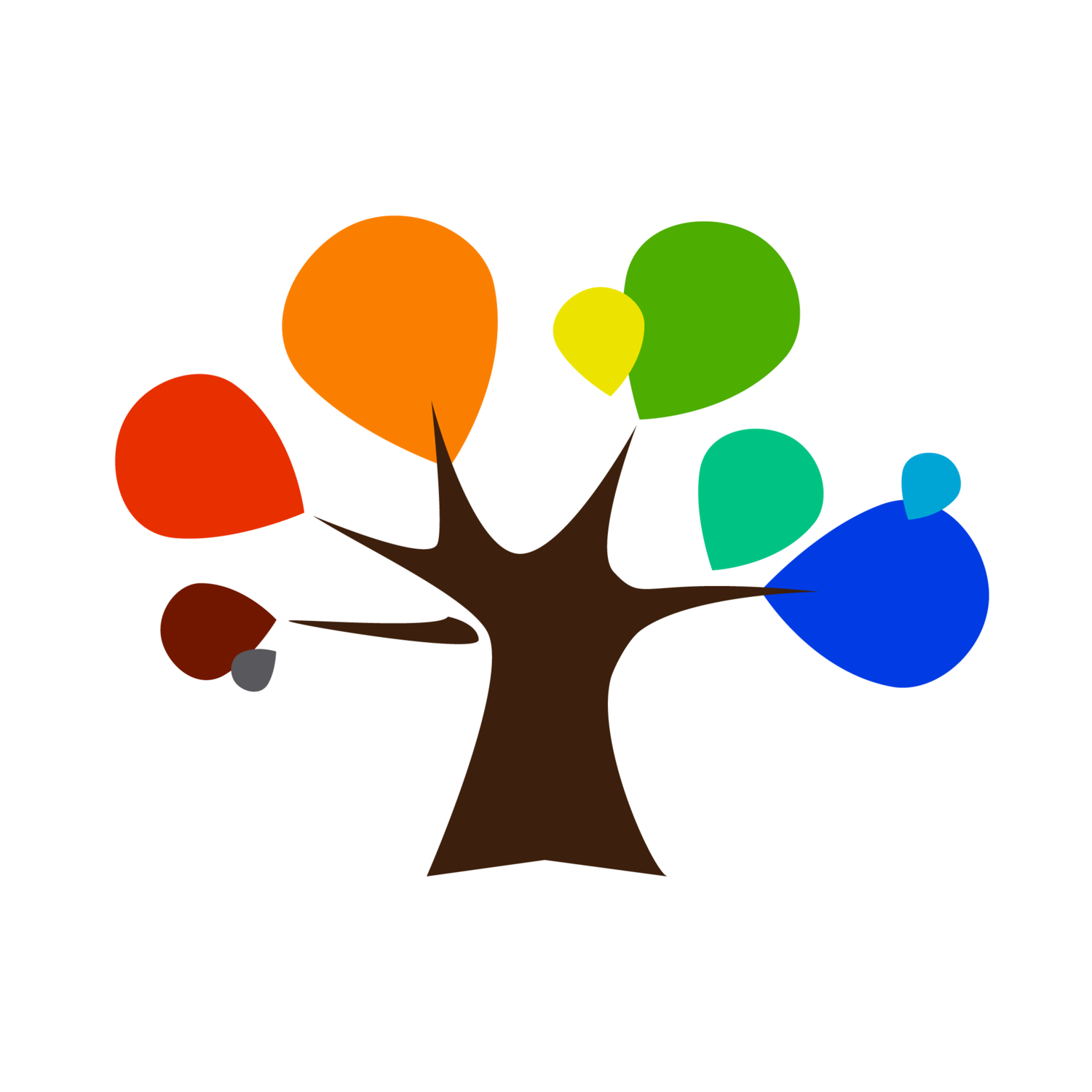Powder coating has long been used in the automotive industry, as its traditional electrostatic application process is an ideal fit with conductive materials such as metals.
So, how does Cadillac Coatings manage to coat non-conductive materials such as engineered wood, fibre cement board and magnesium oxide board?
This happens through a process called preheating, where the material is heated prior to application of the coating, causing the powder to slightly melt on contact and allowing the powder to stick. Once the coating has been sprayed on, the material is then heated again, curing the powder in place and essentially creating a hardened shell.
Here are seven different substrate types Cadillac Coatings can powdercoat:
Aluminium
Did you know aluminium is considered an eco-friendly building material? Thanks to its ability to be recycled, aluminium is a popular construction material and is used to make doors, windows, siding, roofing and more. The use of aluminium even helps qualify buildings for credits toward Leadership in Energy and Environmental Design (LEED) certification.
Engineered Wood Products
Known for their precision and strength, engineered wood products can be found in construction materials such as plywood, oriented strand board, joists, beams and roof trusses. Engineered wood also plays a large role in the quickly growing prefabricated building industry, where construction components are manufactured in a controlled environment before being assembled on site.
Fibre Cement Composite
How do you make cement even more durable? You reinforce it with sand and cellulose fibres for extra strength! Fibre cement composite is used in both interior and exterior applications. Examples include tile backer board, windows sills, ceiling board, floorboard and roofing and building facades.
Magnesium Oxide Board
An up and coming alternative to gypsum-based drywall, magnesium board is an environmentally friendly material that is fire resistant, insect resistant, mould resistant and free of asbestos and carcinogens. MgO board is made from naturally-occurring magnesium deposits and is both reusable and recyclable. At the end of its usable life, it can be ground into a powder and used to make cement.
Medium and High-Density Fibreboard
Medium-density fibreboard (MDF) and high-density fibreboard (HDF) are materials made from wood fibres. Although the names make it seem like HDF is the denser, stronger material of the two, that isn’t always true. There are some very high quality MDF boards out there as well as some HDF boards that aren’t as strong as their name implies. To ensure you’re getting a good quality product, request the specification sheet prior to purchasing.
Wood Composite
Another eco-friendly substrate, wood composite is made of thermoplastics and wood fibres often sourced from recycled materials. Wood composite is especially popular as a decking material due to its durability and low maintenance requirements. Other places you can find this versatile material are as cladding, fencing, moulding, trim and as window and door frames.
To find out more about our non-conductive powder coating process and the materials we work with, contact us today!




